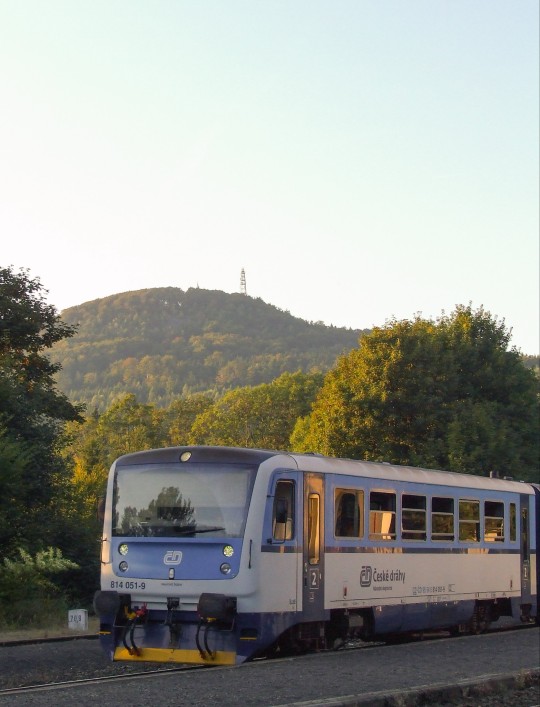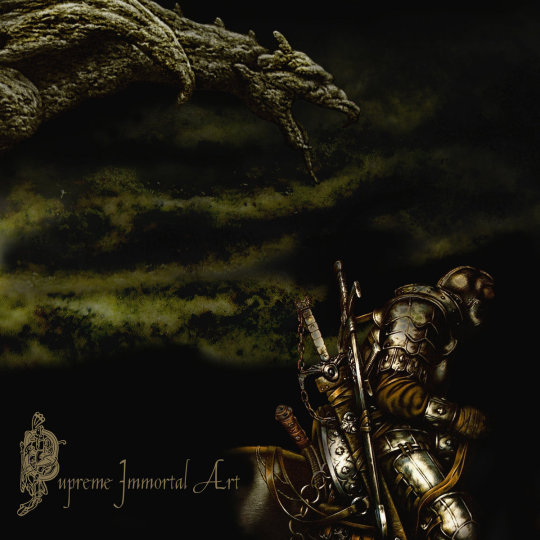#tannenberg
Text

Tannenberg Ehrenmal
#Denkmal#Ehrenmal#Skulptur#Statue#Tannenberg#1. Weltkrieg#Ostpreussen#Ostpreußen#Schlacht#Erinnerung#historisch
0 notes
Text

February 21, 2019
Tannenberg (2019)
#tannenberg#vg#vgs#screenshot#my screens#video game photography#battle of tannenberg#world war one#ww1#wwi#eastern front#pc gaming#video games#war aesthetic#multiplayer
0 notes
Text

Triebwagen 814 in Tannenberg
1 note
·
View note
Link
#battle#bestseller#classics#crusaders#Grunwald#knights#love#Poland#romance#swords#Tannenberg#Teutonic
0 notes
Text
Tannenberg is back again with the Wolf Truce

Wolf Truce game event is back in Tannenberg across Linux, Mac, and Windows PC. That is once again thanks to the work of developers M2H and Blackmill Games. Which is available for all players via Steam and Humble Store.
Temporarily team up with the enemy to survive a larger threat. Since wolves have now tread the battlefield of WW1 FPS Tannenberg again. This week also continues the return of the yearly Wolf Truce event. So that players can put a halt to the fighting in order to work together against this new danger - or not.
When you hear the wolves howl on the battlefields, the wolf pack charges their attack on you and your enemy. While both sides of the battlefield will have the chance to cease fire and fight the hungry wolves together. If everyone is able to get rid of the pack of hungry beasts without hurting anyone on the opposite team, you’ll all earn a special medal.
Tannenberg Wolf Truce event
youtube
This year's Wolf Truce is underway and lasts until November 28th. During this time, regular Maneuver battles can stop, simply by the sound of howling. Soldiers can then decide to cease their fire while they take care of this new threat. This won't be as easy as it seems, for all it takes is one careless shot to break this fragile truce.
As was previously stated, all players who call - and maintain - a truce, and manage to survive a wolf attack. You will earn a special in-game medal to mark their victory. This event takes inspiration from texts of the war which contain references to the role that wolves. Since the Wolf Truce may have played into the battle of the Eastern Front. Having to leave their territories by the battles of men.
Tannenberg Wolf Truce brings the massive battles of the Eastern Front in WW1 to life. Giving 64 players fighting for control of key sectors of the battlefield. Each one offering a distinct strategic advantage. Warfare between the Russian Empire, Germany, and their allies offers a fresh experience for first person shooter players and history fans alike.
Available on Steam and Humble Store. Priced at $19.99 USD / £16.75 / 19,99€. Along with support for Linux, Mac, and Windows PC. Which is Steam Deck Playable too.
0 notes
Link
Tannenberg? I thought I was the only one who cared about Tannenberg.
0 notes
Text
Was anyone going to tell me that her name is a reference to the rifle that made WW1 so terrible and is one of the longest used guns or was I just supposed to find that out myself on a history podcast?


#mha#bnha#boku no hero academia#lady Nagano#listening to a series about#the battle of Tannenberg and WAIT WHAT
47 notes
·
View notes
Text

Joseph Karl Stieler (German, 1781–1858)
Bildnis der Friederike Freiin von Gumppenberg, ca.1845
Gallery of Beauties, Nymphenburg Palace
Friederike was born in Munich in 1823. She was the daughter of the former Oberberg and Salinenrat Baron Franz Seraph von Gumppenberg and his wife Therese, née Countess von Tannenberg.
In 1857 she married her cousin Baron Ludwig von Gumppenberg.
#lady in waiting#Joseph Karl Stieler#german#germany#german art#1845#1800s#art#fine art#european art#classical art#europe#european#fine arts#oil painting#europa#Bildnis der Friederike Freiin von Gumppenberg#Nymphenburg Palace#female portrait#woman#female#brunette#née Countess von Tannenberg.#noble#nobility
34 notes
·
View notes
Text

German infantry during the Battle of Tannenberg, the Eastern Front, Sept 1914.
29 notes
·
View notes
Text

Seedienst Ostpreußen: Turbinenschiff Tannenberg gebaut in den Oderwerken Stettin. Höchstgeschwindigkeit 20 Knoten, 5504 BRT Fassungsvermögen: 2000 Passagiere und 100 Kraftfahrzeuge. Stapellauf am 16. März 1935. Reederei (sog. Korrespondentreeder) war HAPAG/Hamburg-Amerika-Linie. Im Einsatz für den Seedienst Ostpreußen vom 1.8.1935 bis 2.9.1939 als Passagier- und Autofähre. (sites.google.com)
#Ostpreußen#Ostpreussen#Seedienst#Tannenberg#Ostsee#Tourismus#NS#Drittes Reich#Seereisen#Bäderverkehr#Freizeit#Reisen#Urlaub#Urlauberschiff#Erholung#Retro#Vintage#Deutsches Reich
0 notes
Text
#kanonenfieber#menschenmühle#die schlacht bei tannenberg#black metal#death metal#atmospheric black metal#melodic death metal#music#metal#germany
13 notes
·
View notes
Text
The Battle of Tannenberg Ended With the Destruction of the Russian Second Army, With 140,000 Killed, Injured, or Captured by the German 8th Army. August 30, 1914.
Image: Russian prisoners of war after the Battle of Tannenberg (Wikimedia Commons.)
On this day in history, August 30, 1914, the Battle of Tannenberg ended with the destruction of the Russian Second Army, with 140,000 killed, injured, or captured by the German 8th Army led by Paul von Hindenburg and Erich Ludendorff.
History Daily: 365 Fascinating Happenings Volume 1 & Volume 2 – August 30,…

View On WordPress
4 notes
·
View notes
Link
#1410#Christen#Deutsche#Frauen#Grunwald#Leidenschaft#Liebe#Litauen#Macht#Mord#Polen#Rache#Ritter#Schlacht#Tannenberg#Templer#Teutonen#Verbrechen
0 notes
Photo


ABIGOR “Supreme Immortal Art” CD 1998 (’...The chosen ones have command of the language, That needs neither mouth nor words. Our minost soul transformed into notes. We are element as well as entirety, So what is paradise if not hell’)
1. Satan in Me
2. Supreme Immortal Art
3. Soil of Souls
4. Eclipse My Heart, Crown Me King
5. The Spirit of Venus
6. Blood and Soil
7. Magic Glass Monument
8. Exhausted Remnants
https://luzifer.bandcamp.com/album/supreme-immortal-art
#Abigor#Black Metal#Tomas Tannenberger#Peter Kubik#Silenius#Napalm Records#Tonstudio Hoernix#Austrian Black Metal
5 notes
·
View notes
Text
Battle of tannenberg significance

#Battle of tannenberg significance full
The Germans then got lucky when they intercepted an uncoded Russian message indicating that Rennenkampf was in no hurry to advance. However, on 23 August Prittwitz was replaced by General von Hindenburg whose chief of staff, Ludendorff, immediately confirmed Hoffmann's plan to strike at Samsonov's left flank. By this time Samsonov's forces had crossed the southern frontier of East Prussia to threaten the German rear, defended by only three divisions.įaced with imminent attack, Prittwitz, commander of the 8th Army, approved Lieutenant Colonel Hoffman's idea to attack Samsonov's left flank, aided by another three divisions moved by rail from the Gumbinnen front. The plan began well at Gumbinnen on 20 August, when Rennenkampf's First Army defeated eight divisions of the German 8th Army on its eastern front. Rennenkampf's First Army was to converge with the Samsonov's Second Army to give a two-to-one numerical superiority over the German 8th Army, which they would attack from the east and south respectively, some 80km (50 miles) apart. Two Russian armies invaded German East Prussia in August 1914. This required mobility and nimbleness unfortunately the Russians had neither. Fortunately, even with such a high sum, the painting never fell into Nazi hands.Allied with France and Britain, Grand Duke Nicholas, the Russian commander, agreed to help relieve the French, under attack from Germany, with an offensive in East Prussia. The painting’s significance within Polish culture is evidenced by the fact that during World War II, the Nazis offered a reward of two million Marks, eventually increased to ten million, for information leading to the location of the canvas. Matejko’s vision of the Battle of Grunwald rose to achieve symbolic stature. Despite the realistic rendition of the cruel and brutal fighting, the artist was still able to endow the knights with a specific air of grandeur and pathos, and to elevate the scene’s anonymous warriors to the rank of heroes of a historical epic. Matejko’s deliberate lack of restraint and order in constructing the composition, his use of nervous outlines and the sharp, dissonant contrast of colours were all intended to maximise the painting’s impact. The densely packed and seemingly crooked composition, achieved in part through setting the two main focal points – the action around the Grand Master and the figure of Witold – deeper within the scene, serve to pull the viewer into the very centre of the battlefield tumult. The emotions on the faces of the warriors – ranging from triumph to despair, from chivalric courage to fury and terror – are depicted in a much more graphic way than the fashion typical of academic painting in the second half of the 19th century. The weapon is the Spear of Saint Maurice – an insignia of the Polish crown after Holy Roman Emperor Otto III presented Boleslaus I the Brave with a replica of the Holy Lance during the Congress of Gniezno. A key ideological accent can be found in the spear being aimed at the chest of the Grand Master.
#Battle of tannenberg significance full
The triumph of the victors is personified in the figure of Duke Witold, full of momentum, appearing as if elevated above the fighting masses. We see von Jungingen is the midst of a fatal clash with plebeian warriors symbolising the Polish-Lithuanian nation. The action portrayed in the painting revolves around two figures, the Grand Master of the Teutonic Order Ulrich von Jungingen and the Lithuanian Grand Duke Witold. Matejko’s depiction of this very event in the era of the country’s partitioning was intended to bolster Poles’ faith in their homeland’s future resurgence. As one of the nation’s greatest military victories, it became an affirmation of the historical strength of the kingdom. The Battle of Grunwald acquired a monumental relevance in Polish history. The painting depicts the culmination of a battle waged in July of 1410 which ended in a rout of the Teutonic Knights’ army by allied Polish-Lithuanian-Russian forces led by Ladislaus Jagiełło. The largest painting in the National Museum’s collection – Jan Matejko’s Battle of Grunwald, measuring over four metres in height and nearly ten in width.

0 notes
Text



May I present you another Tannenberg character: Jule ("Yoo-le/Yoo-leh?").
I've been wanting to make a first design for her since so long. Her role is supposed to be a mirrored female version of Piet: pretty, a good kid, straight-A student, gets along with everyone, kind, tidy, is very good at something (I still need to figure out), has a lot of hidden pressure and stress going on.
I think she'll be one grade above Piet, so appr. one year older than him. They get along. (There are bets going on whether they will become a couple.)
---
My Patreon | Ko-fi | Green&Gold (Comic)
50 notes
·
View notes